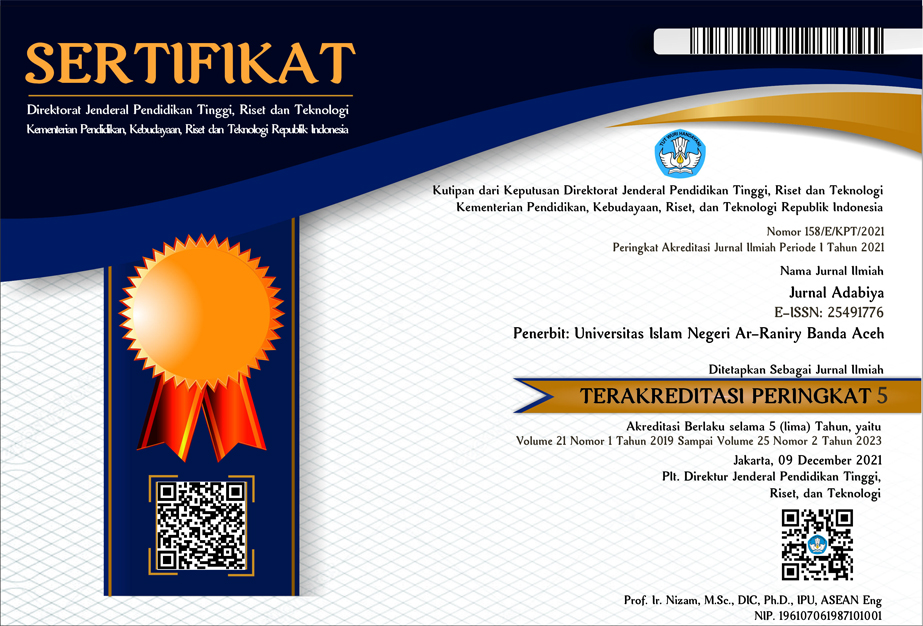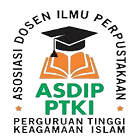Korban Penghilangan Paksa pada Konflik Aceh; Upaya Pemulihan dan Pemenuhan Hak Korban Melalui Mekanisme KKR Aceh
Abstract
Keywords
Full Text:
PDFReferences
Al Chaidar, dkk. (1999). Aceh Bersimbah Darah. Jakarta: Pustaka Al Kausar
Conny R. Semiawan, Metode Penelitian Kualitatif, Jakarta: Grasindo.
Imam Ar-Rafi’i, (2005). Al-Muharrar fi Fiqhul Imam Asy-Syafi’i, Bairut: Darul Kutub Al-’Ilmiah
Komisi Nasional Hak Asasi Manusia, Lembar Fakta HAM, Edisi III
Kontras. (2006). Aceh; Damai Dalam Keadilan? Mengungkap Kekerasan Masa Lalu. Jakarta: Kontras
Mely G. Tan. (1991) Masalah Perencanaan Penelitian, dalam Koentjaraningrat, Metode-Metode Penelitian Masyarakat. Jakarta: Gramedia Pustaka Utama
Mukhtar Yahya dan Fatchur Rahman, (1986). Dasar-Dasar Pembinaan Fiqh Islami, Bandung: PT. Almaarif
Nashirun Marzuki, dkk., Ed. (2011) Fakta Bicara. Banda Aceh: Koalisi NGO HAM Aceh
Wahbah Zuhaili, (2009). Fiqhul Islami wa Adillatuhu, Juz 8, Cet. Ke-31, Bairut: Darul Fikr
Keputusan Majelis Permusyawaratan Ulama Aceh Nomor: 03 Tahun 2005, Lampiran I
Konvensi Internasional Tentang Perlindungan Terhadap Semua Orang Dari Tindakan Penghilangan Secara Paksa.
Nota Kesepahaman (MoU) Damai antara Pemerintah Indonesia dan Gerakan Aceh Merdeka (GAM) yang ditandatangani oleh kedua belah pihak di Helsinki, Finlandia, pada Tanggal 15 Agustus 2005
Peraturan Komisi Kebenaran dan Rekonsiliasi Aceh Nomor 12/P-KKRA/V/2019 tentang Tatacara Baku Reparasi
Qanun Aceh Nomor 17 Tahun 2023 tentang KKR Aceh
Statuta Roma
Undang-undang Republik Indonesia Nomor 11 Tahun 2006 tentang Pemerintahan Aceh
Undang-undang Republik Indonesia Nomor 23 Tahun 2006 tentang Administrasi Kependudukan
DOI: http://dx.doi.org/10.22373/adabiya.v24i1.12637
Refbacks
- There are currently no refbacks.
All papers published in Jurnal Adabiya are licensed under a Creative Commons Attribution-ShareAlike 4.0 International License. |















_(4)1.png)





